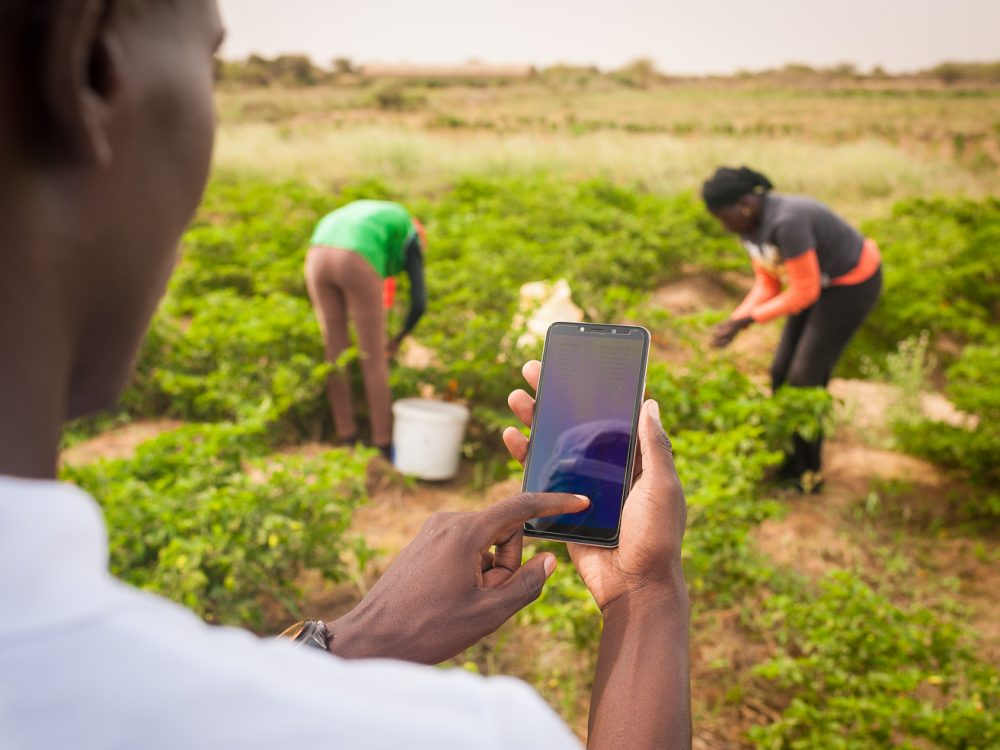Lessons about Results Data from Sri Lanka
We are proud to debut our Results Data Initiative: Findings from Sri Lanka report. The report delves into the real-world experiences of results data users in the development sector – with a special focus on local governments. We explore how these actors collect data on results (outputs/outcomes), how the data is shared between actors, and to what extent people actually use this data to inform projects, policies and plans.
Combined with the other outputs of the Results Data Initiative (RDI), we hope these voices from local-level data users will inform future investments in results-based management in Sri Lanka. These lessons also have critical implications for the international data-for-development community, and we hope that development leaders, monitoring & evaluation (M&E) thinkers, and data advocates of all types will take a close look at what we’ve learned and provide feedback to help enrich the discussion.
We base our findings on interviews with 150+ local government, donor, and NGO officials in the health and agriculture sectors. We describe the results data “landscape,” highlight successes and failures, and outline a way forward for improving the quality and use of results data. Key findings include:
-
Data analysis is limited to trend and time analysis at district and provincial levels, as the overall lack of understanding and accountability for results places perceived responsibility for data analysis at the national level. Widespread demand for results-oriented data is naturally lacking as a result. But positive deviants do exist – offering powerful examples of how a focus on results and good data can catalyze positive change.
-
For most local actors, “results data” is actually just output data at best – largely activity-based, with little or no reporting of outcomes to reflect changes in health, status, income, or employment. Several forward-thinking respondents called for disaggregated outcome data to inform and improve their work.
- Across the board, respondents reported that spreadsheets are still the primary – if limited – data management tool. Both agriculture and health sectors are ready for more robust, web-based, real-time data management systems. But these systems must be designed to meet the analytical needs of local actors, and not merely report to national-level systems.
You may access the full report here, which includes recommendations, and more detail about our findings. To discuss this report further, join us for a learning event in DC (or join us online) on July 13. Feedback in any form will be very welcome as we continue to refine our learning.
Stay tuned as we release the Tanzania report over the coming weeks; to download the Ghana country report, click here.
Share This Post
Related from our library

Harnessing the Power of Data: Tackling Tobacco Industry Influence in Africa
Reliable, accessible data is essential for effective tobacco control, enabling policymakers to implement stronger, evidence-based responses to evolving industry tactics and public health challenges. This blog explores how Tobacco Industry strategies hinder effective Tobacco control in Africa, and highlights how stakeholders are harnessing TCDI Data to counter industry interference.

Building a Sustainable Cashew Sector in West Africa Through Data and Collaboration
Cashew-IN project came to an end in August 2024 after four years of working with government agencies, producers, traders, processors, and development partners in the five implementing countries to co-create an online tool aimed to inform, support, promote, and strengthen Africa’s cashew industry. This blog outlines some of the key project highlights, including some of the challenges we faced, lessons learned, success stories, and identified opportunities for a more competitive cashew sector in West Africa.

Digital Transformation for Public Value: Development Gateway’s Insights from Agriculture & Open Contracting
In today’s fast-evolving world, governments and public organizations are under more pressure than ever before to deliver efficient, transparent services that align with public expectations. In this blog, we delve into the key concepts behind digital transformation and how it can enhance public value by promoting transparency, informing policy, and supporting evidence-based decision-making.